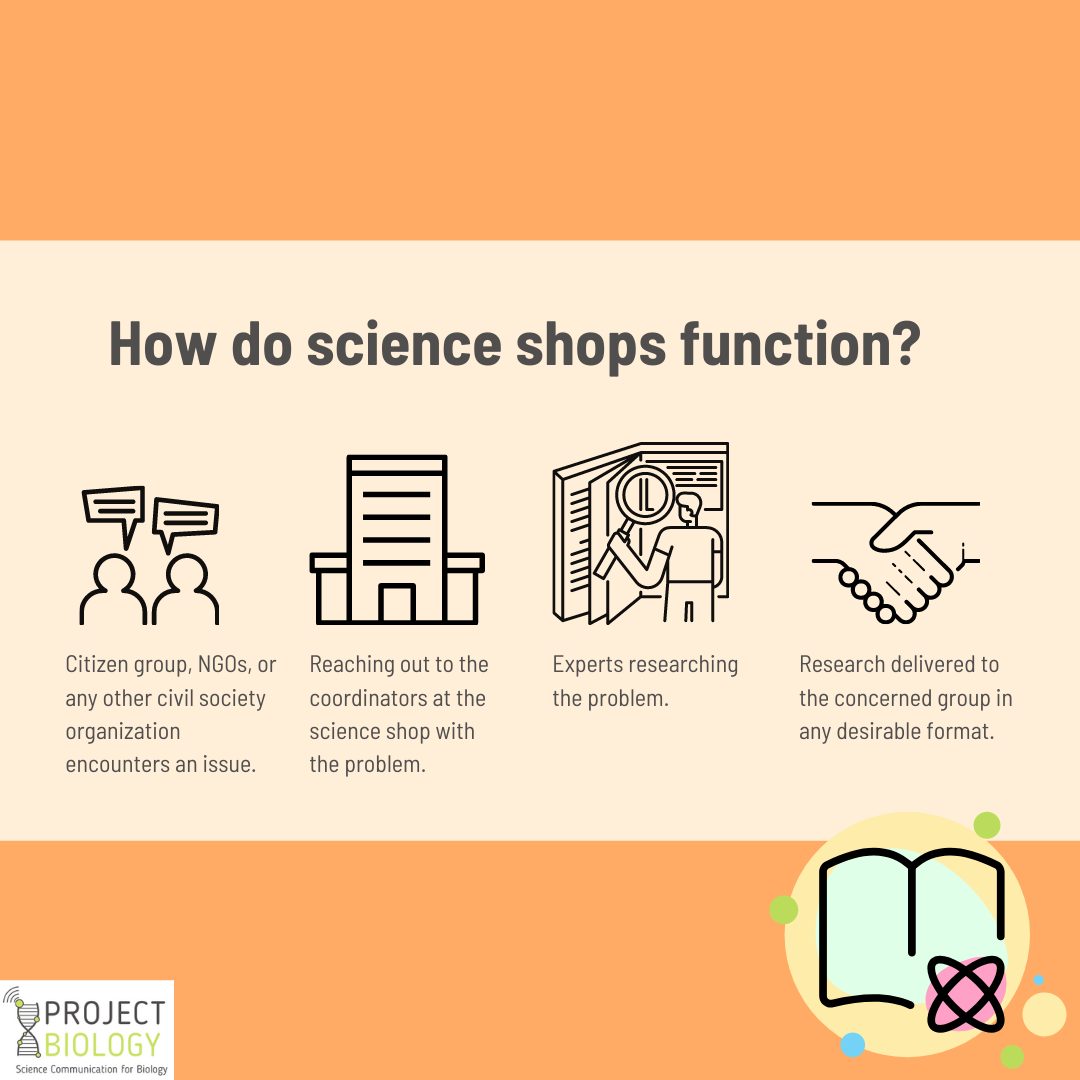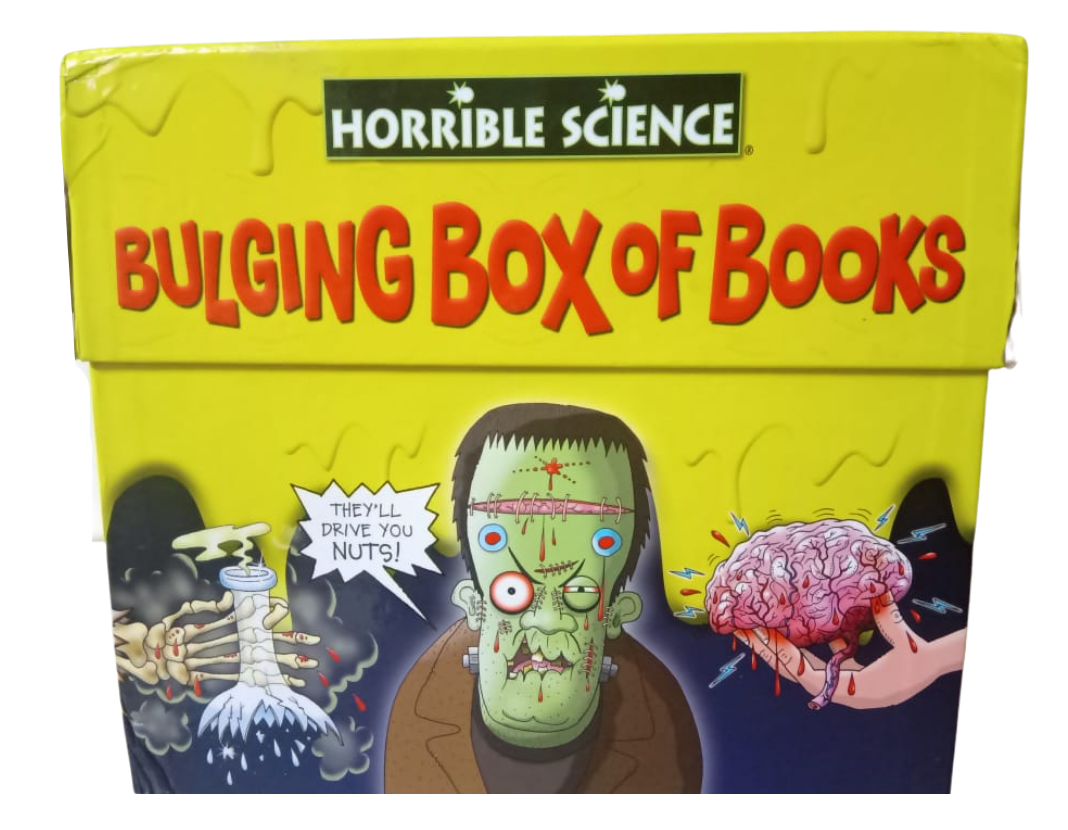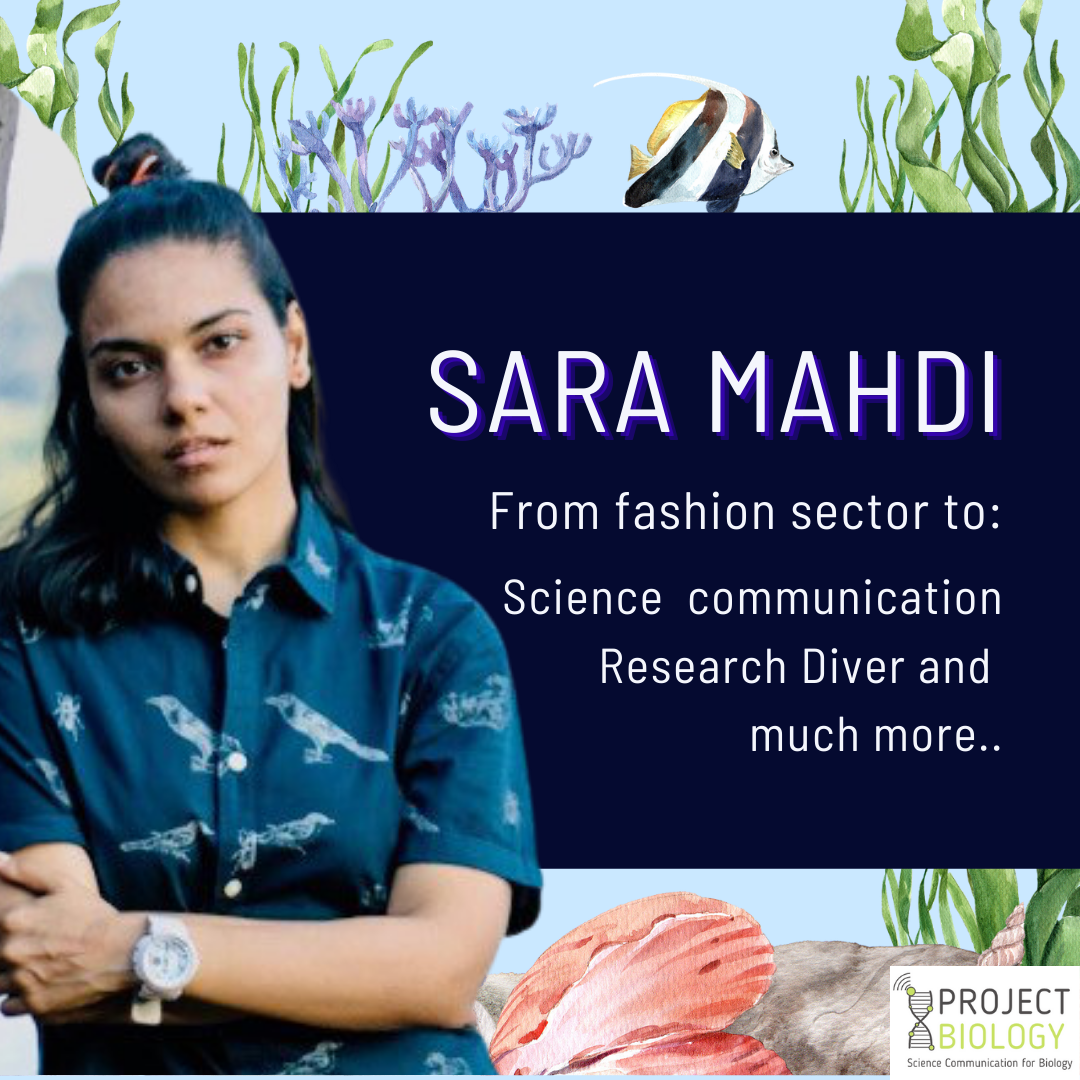Vowels and consonants make up the very first English lesson we all learn in the first grade. A E I O U, the five vowels take a special place in the series of 26 English language alphabets. Ironically, the first definition of science communication, given in 2003, also remains special. Why? Because it’s not a boring typical definition, but it is the AEIOU definition of science communication.
Burns, O’Connor, and Stocklmayer defined science communication as using appropriate skills, media, activities, and dialogue to produce one or more of the following personal responses to science. The five personal responses being Awareness, Enjoyment, Interest, Opinions, & Understanding.
Let’s first understand the desirable AEIOU responses the paper talks about:
Awareness
Awareness serves both as a measure of the purpose and efficacy of your communication efforts. The level of awareness you want your audience to reach after your communication efforts helps you define the purpose. On the other hand, the level of awareness your audience reaches after the interaction defines the result of your communication efforts. For e.g. While talking to a fifth-grader about climate change, you want the kid to learn about ways to protect the environment in their home.
But at the same time, you do not want them to recite the El Nino effect and its causes. So, you define your communication limits and methods for your audience, a fifth-grader. Ultimately, you need to decide what you want from your audience. You want the audiences to be aware of you? Your work? An aspect of science? Anything else? Or all of it? Once you decide upon the outcome you want, you can accordingly determine the purpose of your communique.
Enjoyment
Whenever you enjoy something, you feel happy, positive, and engaged. Similarly, science communication that evokes enjoyment helps engage audiences and promote scientific understanding. However, the enjoyment can be superficial or deeper. Deeper levels of enjoyment come from discovering, presenting, resolving, or exploring scientific matters. For e.g, getting hands-on with science through a citizen science project can help the audiences to feel closer to science and help evoke deeper levels of enjoyment.
Interest
Science communication need not always turn into an educational class. Therefore, now is the time we replace education with an array of possible responses. Among these retaining interest in science remains essential. Interest rears curiosity to know and do more about things and get involved. So, by utilizing innovative and exciting communication activities, one can generate appropriate interest in science. As James Bower explains:
Your audience will, without a doubt, want to learn something new and exciting that makes them see the world, at least a little, differently. I always advise to stick to “inspiring”, rather than “explaining” as it helps steer the tone well away from “patronizing”. Inspiring people keeps us on the same level, an important factor for any age group.
And a great way to inspire is to appeal to the senses. If you can create a demo, bring in a piece of your lab or show a video of something original, then it helps generate a lived experience that will make more of an impact than words alone. When working on a written piece, you can achieve this by prioritizing action verbs, like “to drive”, “to throw” or “to climb”.
Opinion
Opinions can be understood as a two-way sword. You need to understand your target audience’s pre-existing notions and opinions before trying to form new ones or restructuring old ones. Although opinions arise from personal beliefs and living conditions, three interesting scenarios where opinions may change are:
- When the person feels that their existing understanding or knowledge about something is challenged
- Upon experiencing relevant and outstanding challenges appealing to existing opinions
- Alternative opinion appears more useful, trustworthy and appears to enhance one’s influence or control over the situation
Understanding
Understanding remains the most basic and essential aspect of generating all the other responses. Concerning science communication, helping the audience understand the scientific content remains important. As a science communicator, it can help achieve different short and long-term goals.
The Tools
Thus, the AEIOU response also helps build a tool kit for science communicators, with skills, media, activities, and dialogue as the essential tools. A science communicator can use these tools to invoke AEIOU responses of communication.
Tool #1: Skills
Knowing and practicing suitable skills resolve half the battle. Whether through written, oral, or visual medium, few necessary skills always come in handy for communicating with the target audience.
- Identifying and understanding the target audience
- Using appropriate language
- Determining the purpose and outcome of communication
- Considering the audience’s levels of prior knowledge
- Separating essential facts from non-essentials
- Considering the social, political, and cultural context of scientific information
- Using suitable style elements
- Encourage a two-way dialogue with the audience
Again, these skills are said easily than acquired and require practice, practice, and practice. One can also take science communication courses which involve a broad range of necessary skills. Or you can go ahead and talk to experienced science communicators who can always provide you with practical advice.
AEIOU response: Using the right combination of these skills can help you generate awareness among the audiences enjoyably and excitingly.
Tool #2: Media and activities
Different people have different lifestyles, socio-economic conditions, and personalities. These factors determine how different people take up information from different media and activities. E.g., you may communicate with a high school student using a youtube video, but the same does not necessarily work while talking to a policymaker. Even the science activities around a scientific topic need to be designed differently as per the different age groups. The youtube show ‘5 levels’ from Wired does that perfectly. Further, the nature of activities also depends on the settings in which communication takes place, whether formal or informal. Accordingly, different types of formal settings include:
- Educational institutions such as schools, colleges, and universities.
- Training programs and accredited courses
- Professional or academic conferences, seminars, and presentations
The informal settings include:
- Science museums and science centers
- Film, radio, television, or print coverage
- Digital forums on the internet
- Clubs, societies, or groups
- Theater and shows
- Events and festivals
- Magazine or books
Further, the different activities that can be opted as per the settings include competitions, lectures, debates, events, simulations, games, and so much more.
AEIOU response: The harmonious combination of media and activities as per the target audience can help create interest and understanding about the topic.
Tool #3: Dialogue
Science communication does not work well as a one-sided talk. Instead, it demands a two-way dialogue with the target audience. In a two-way dialogue, the communicator gets a chance to combine scientific knowledge with the public’s local knowledge and concerns. After all, communicating science in its true essence means to resolve issues and improve the world we live in. Hence, every science practitioner becomes a communicator by default when they engage in talks with the public, peers, and mediators.
So, to strike a fruitful dialogue:
- Always pay attention to the context and conditions of the audience and surroundings.
- Avoid using jargon and complicated graphs, data.
- Keep the dialogue interactive and try to use one or the other style elements.
- Try to walk the path of storytelling.
AEIOU response: A productive dialogue can help you achieve all the dimensions of the AEIOU response.
Tip: Listen to podcasts or talks from famous orators or science communicators. Try to take note of the subtle style elements and interactivity they infuse in their conversation.
So, communicating science is similar to brewing the right potion with the right blend of all the elements. Once your audiences love the potion, they will keep coming back for more, and you can take your science to new heights.



